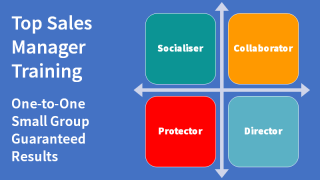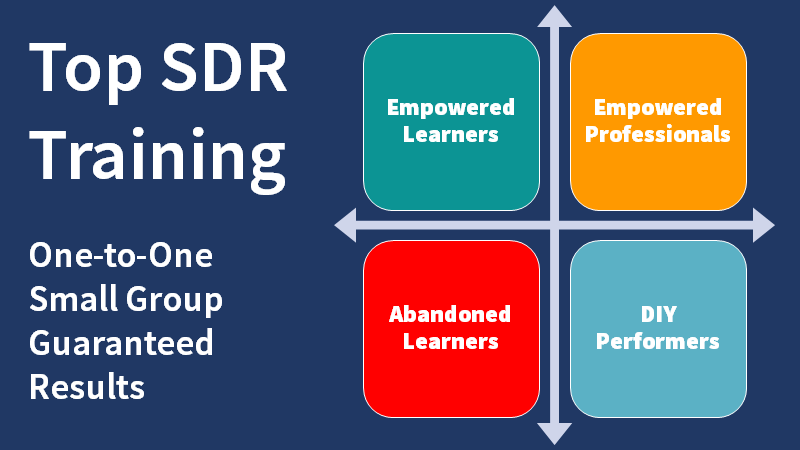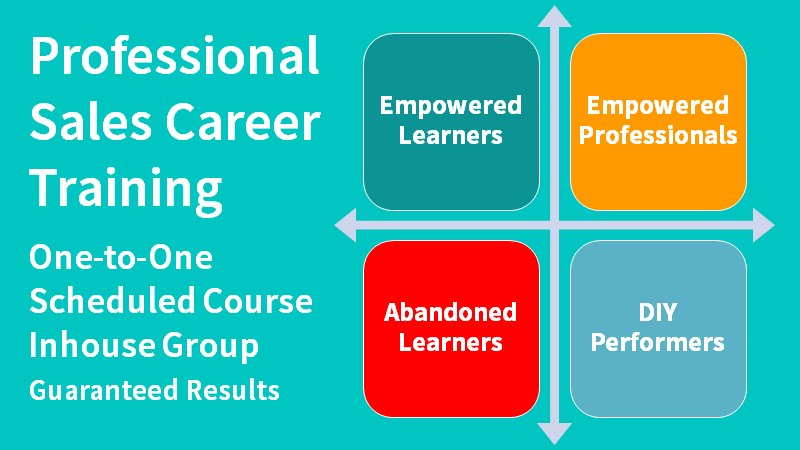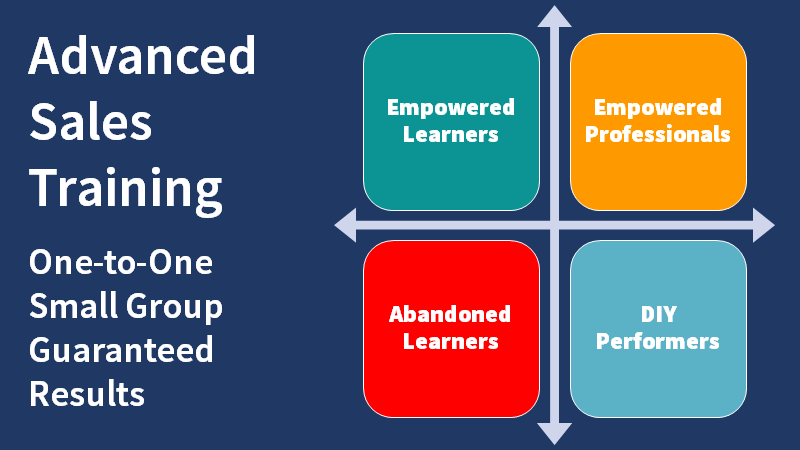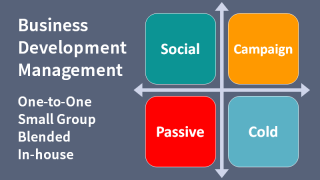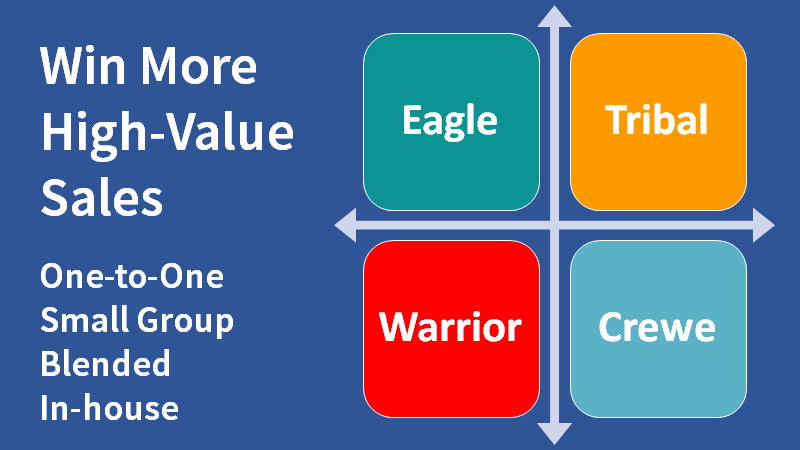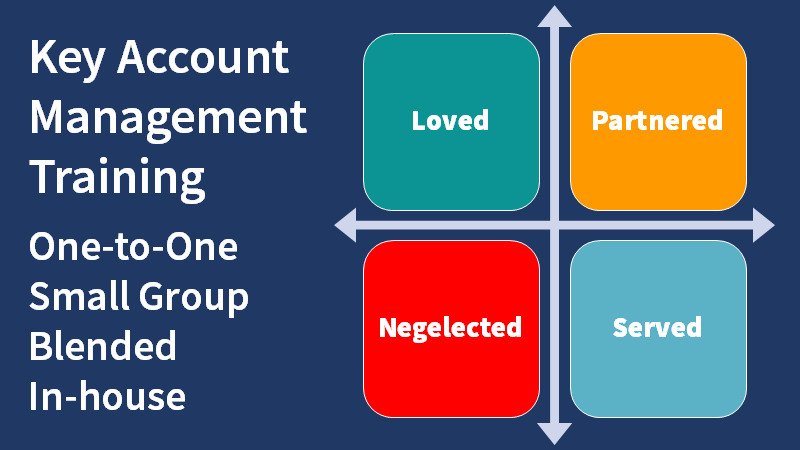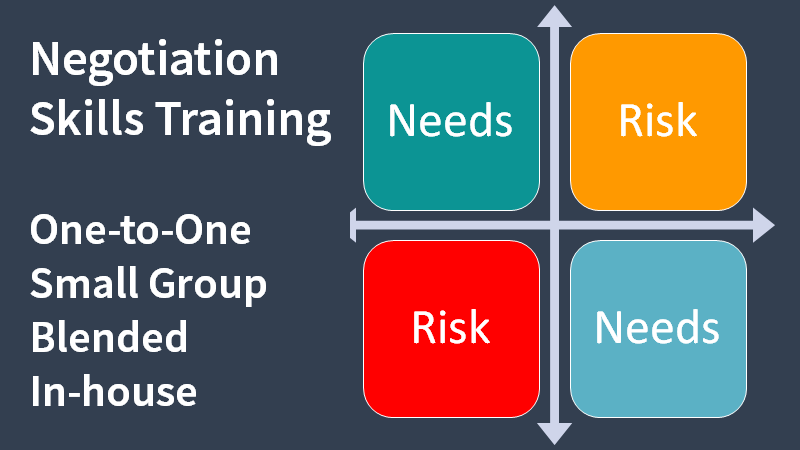Free sales advice. Have a sales consultant offer expert advice on any sales-related issue, problem, or opportunity.
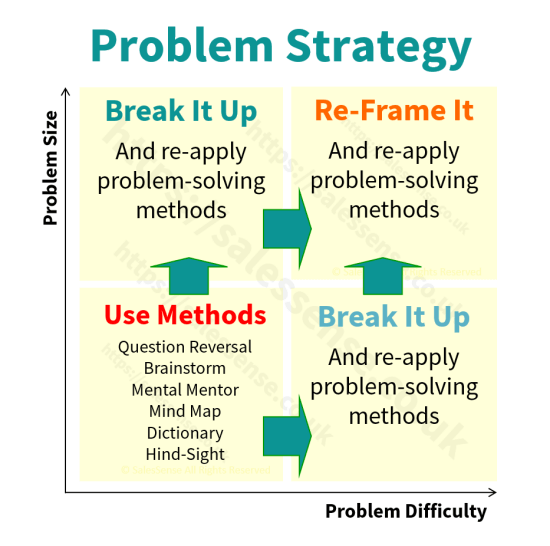
More heads are better. If you are stuck in a dilemma and need an impartial opinion from a sales consultant with decades of sales and management experience, try our free sales advice service.
Do any of these circumstances apply?
- You are not sure what to do
- Can't find the answer on Google
- Would rather not ask colleagues
- Would rather not ask your boss
- Want an impartial sounding board
- Could use some other opinions
- Your sales coach is not answering
- You just want to find out what we know
. . . just ask. For free sales advice, send us your dilemma. One of our sales consultants will respond within two business days or sooner. Alternatively, arrange a call with Clive Miller our founder.
Some response examples are listed here.
The top five steps in problem-solving typically involve a systematic approach:
- Identify the Problem: The first step is to create a clear written definition of the problem. This involves gathering information about the issue, understanding the context, and determining why it is a problem. It's important to be as specific as possible and to express the issues in writing. Explaining a problem in writing tests the writer's understanding of the problem.
- Analyze the Problem: Once the problem is identified, break the problem down into smaller parts, to identify the underlying causes. This step may involve collecting more data, consulting with others, and using analytical tools or methods. Get second and third opinions. Ask a sales consultant. Arrange a call with Clive Miller.
- Generate Possible Solutions: After analyzing the problem, brainstorm possible solutions. This phase encourages creativity and open-mindedness. It's important to consider a wide range of solutions without judging them initially. The goal is to generate as many options as possible. Evaluate the solutions later.
- Evaluate and Select Solutions: In this step, the potential solutions are evaluated based on their feasibility, effectiveness, and potential impact. This involves weighing the pros and cons of each solution, considering resources and constraints, and predicting possible outcomes. The best solution or a combination of solutions is then selected for implementation.
- Implement and Review the Solution: The final step is to implement the chosen solution. This involves planning the implementation process, allocating resources, and executing the plan. After implementation, it's crucial to monitor the results and evaluate the effectiveness of the solution. If the problem is not resolved, the process may need to be revisited to identify alternative solutions.
Problem-solving can vary depending on the context and the nature of the problem so these steps might be adapted or expanded based on specific needs and situations.
Once you have a plan, test it with this questionnaire.
Make your visit profitable. Check out our other free resources including assessments and training. If you need free sales advice, a sales consultant for a project, or a sales coach to help with development, telephone +44 (0)1392 851500. We will be pleased to learn about your needs and discuss some options. Alternatively, send an email to custserv@salessense.co.uk or use the contact form here.



